
Grizzly Bear Facts
- Perhaps most notably, the powerful and majestic Grizzly Bear actually represents a subspecies of brown bear. At one time there a total of five separate recognized species of Grizzly Bear existed. Each of these, furthermore, had their distinct range.
- Previously, two other subspecies of this magnificent creature existed in North America alone. Very sadly, however, the California Grizzly became extinct in 1924. The majority of experts now believe that the Mexican Grizzly has also become extinct.
- In a fascinating situation, individual bears living closer to the coast tend to be larger than those living inland. That appears to be due to the richer diet. Not surprisingly, this often leads people to believe that these bears represent separate species.
- Perhaps incidentally, these magnificent animals possess one of the longest natural lifespans of any ursine. Males of the species live an average of 22 years in the wild. The longer-lived females, meanwhile, often live to as much as 26 years of age.
- Its population and prevalence isn’t what it once was. The IUCN, nevertheless, currently lists the awesome Grizzly Bear as Least Concern. The countries it inhabits list it differently, though. Factors such as climate change also now threaten it.
Related Articles

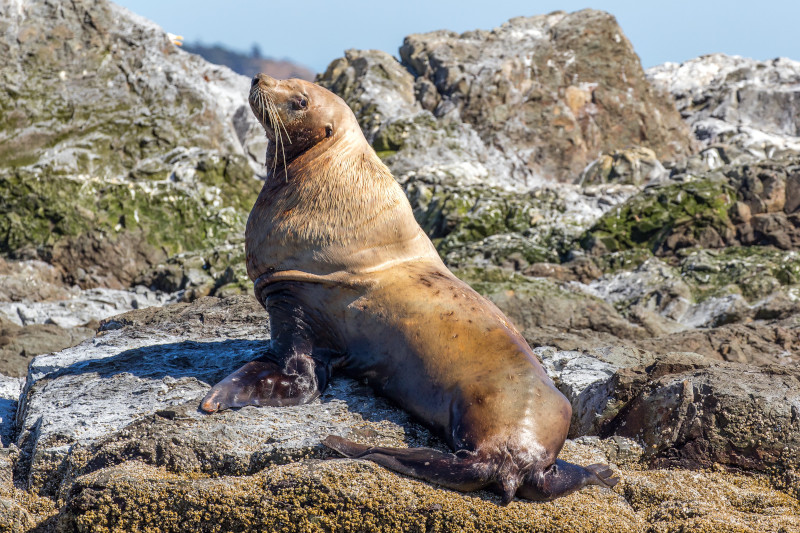
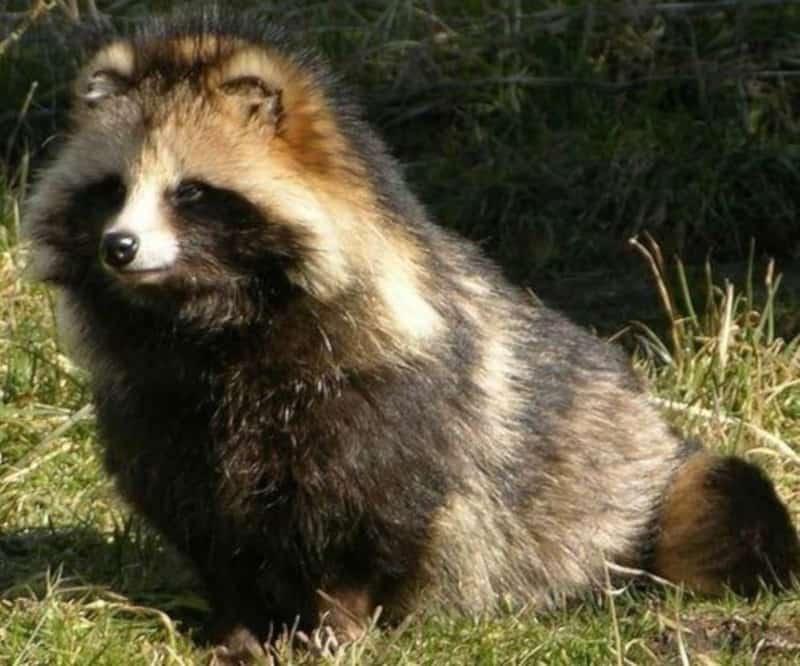
Grizzly Bear Physical Description
One of the most noteworthy facts about the Grizzly Bear remains its tendency to display a significant degree of the characteristic of sexual dimorphism. In its specific case, however, this evolutionary trait manifests itself in terms of sheer physical size.
More specifically, the males of the species grow to much greater average sizes than the females. For their part, males attain an average weight of 790 lb (360 kg). The females, though, rarely exceed 400 lb (180 kg). Among large mammals, that’s a large difference.
Overall, though, an average individual attains a body length of about 6.5 ft (198 cm). This same average individual has a shoulder height of 3.35 ft (102 cm). Exceptional individuals do exist, however, with some attaining weights reaching as much as 1,500 lb (680 kg).
While coloring ranges from light tan to nearly black, a typical individual will display dark brown fur. The species also remains distinguished by the presence of a pronounced hump on the shoulders. This distinctly sets the animal apart from the smaller black bear.
The Grizzly Bear presents a powerful and dominating presence, indeed, but not just due to its body size. The magnificent animal also possesses extremely long, dangerous claws. Those on its hind paws average 2 in (5 cm) in length, but the front ones reach 4 in (10 cm).
- Kingdom: Animalia
- Phylum: Chordata
- Class: Mammalia
- Order: Carnivora
- Family: Ursidae
- Genus: Ursus
- Species: U. arctos
Grizzly Bear Distribution, Habitat, and Ecology
The stunning Grizzly Bear evolved as native to a somewhat smaller range than its cousin, the Black Bear. That zone of habitation nonetheless covers a respectable portion of the globe, at least compared to most of the large land mammals. It once extended further, though.
Presently, the gorgeous animal still inhabits a respectable portion of North America. This particular subspecies of Brown Bear appears as far east as Hudson Bay, in Canada. In the United States, it dwells from Alaska, through much of the northwestern parts of the country.
Its population, however, unfortunately continues to decline. This trend occurs more due to hunting and habitat loss, despite protection, than to other factors. Thankfully, though, this powerful ursine enjoys federal protection in the contiguous parts of the United States.
While it technically evolved as omnivorous, this ursine primarily has a carnivorous diet consisting of large quantities of small game, fish, and various plants. The precise diet of individuals varies, of course, depending on the specific area in which it lives.
Habitats also vary, sometimes quite significantly. This further, though naturally, depends on its territory. But that range most typically consists of plains or forests. Wherever it appears, the Grizzly Bear tends to avoid humans, unless threatened or disturbed.
The animal also spends an average of 5-7 months each year in hibernation. In an amazing development of Nature, pregnant females actually give birth during this period. The bears also typically live solitary lives, like many ursines, except while raising the young.
Species Sharing Its Range
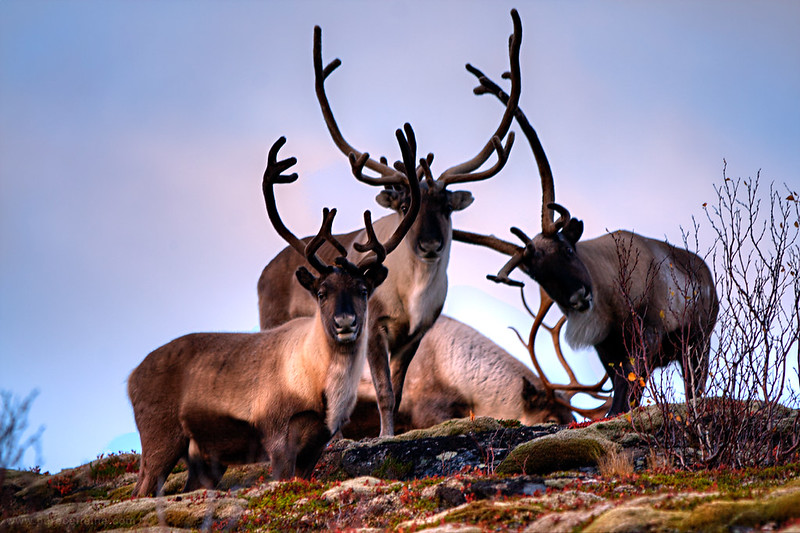
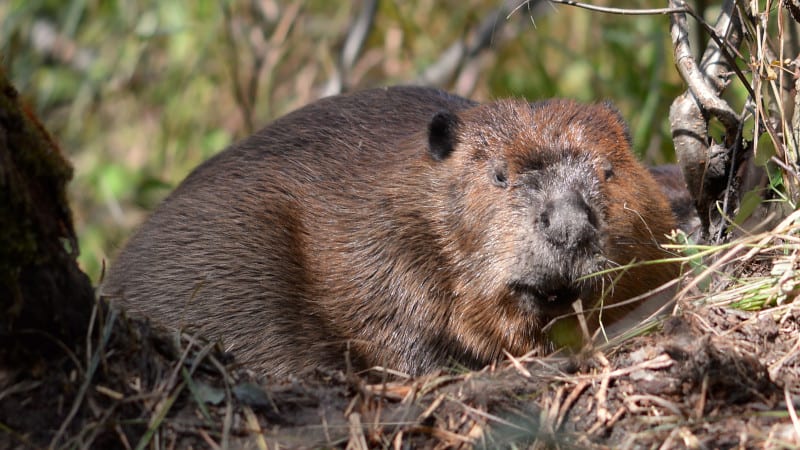

Check out our other articles on Earth’s Extremely Threatened Flowers, Cobra Lily, Lake Kaindy, Carolina Hammerhead Shark, Salt Creek Tiger Beetle, Mata mata, Harpy Eagle, Japanese Hare
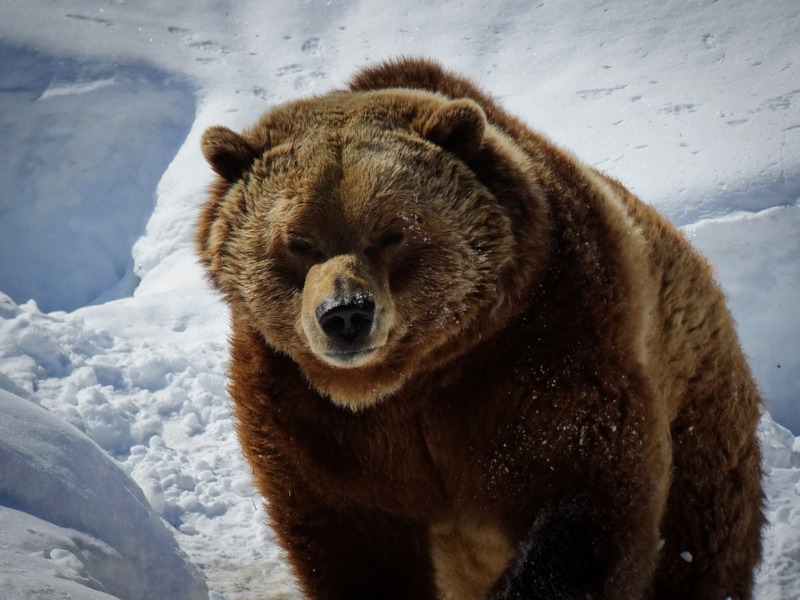
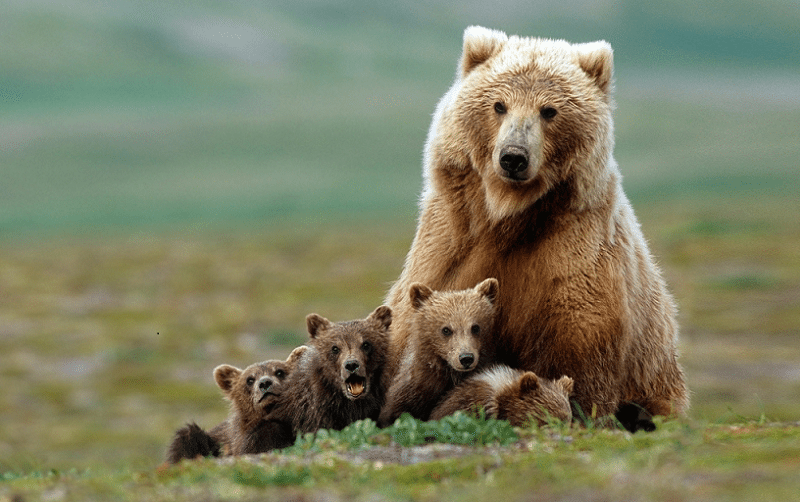









Leave a Reply